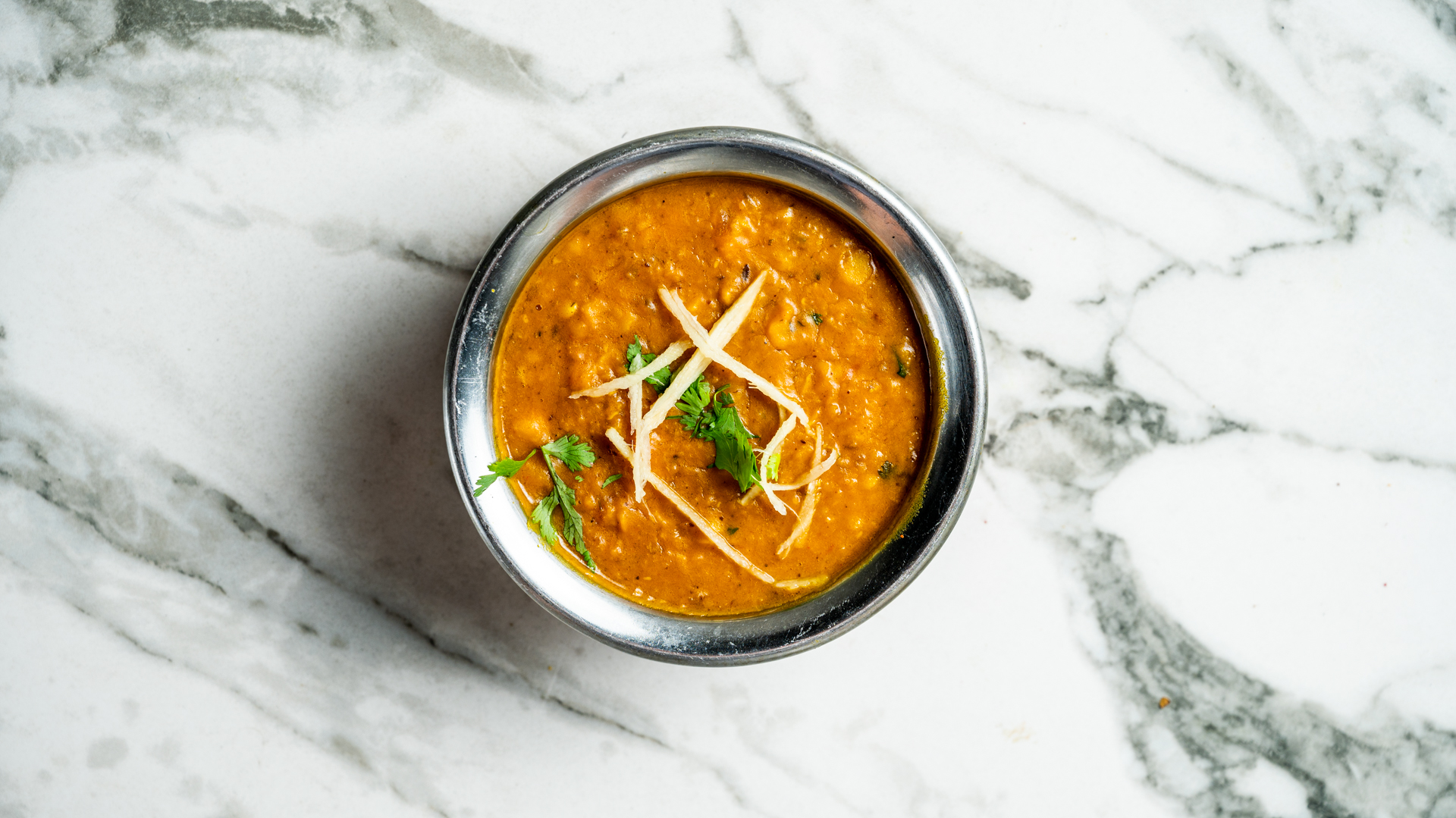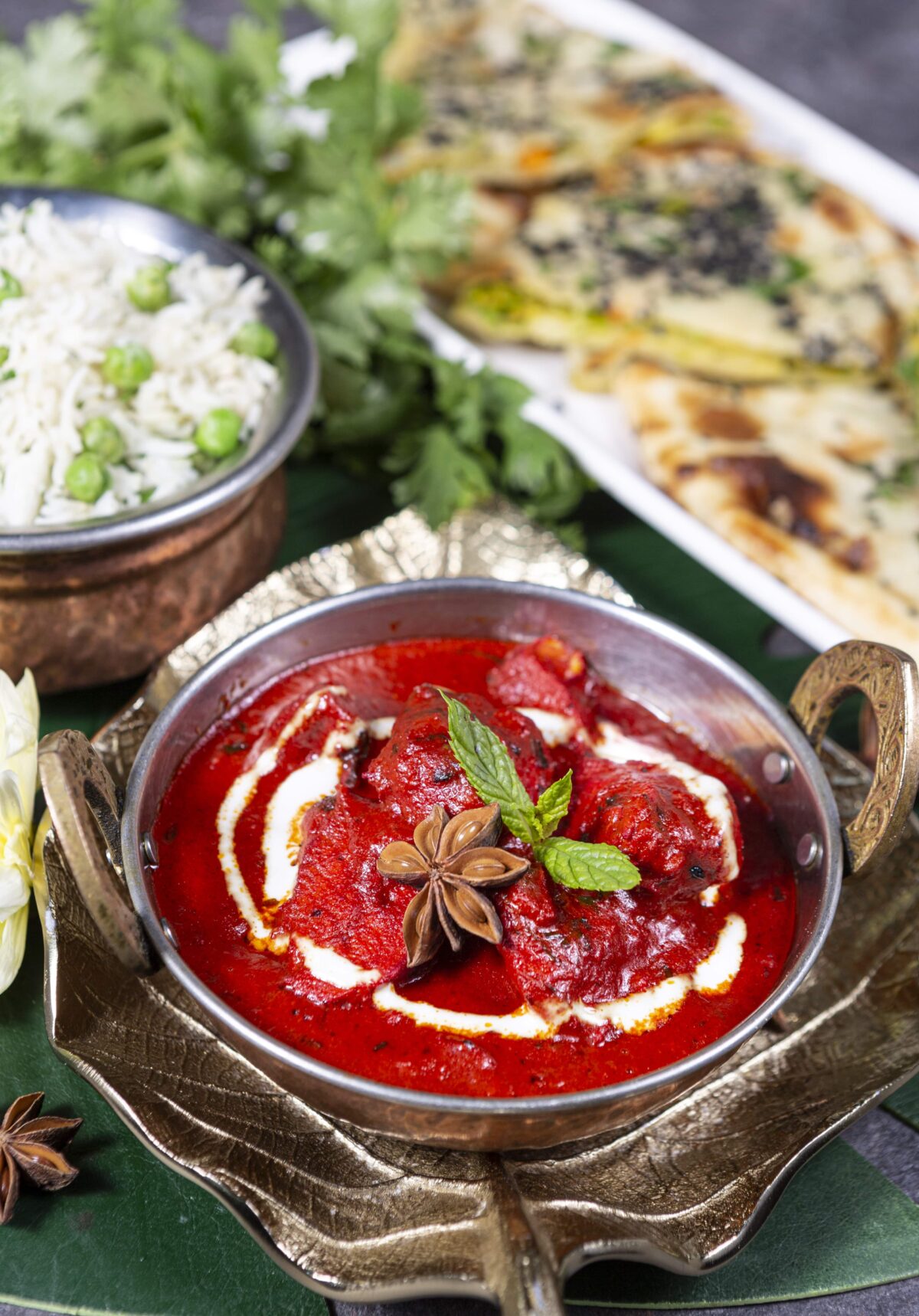Here at Shakinah, we’re very lucky to have a team of chefs who are able to give us the real thing, thanks to their North Indian heritage and their respect for traditional recipes. Hailing from the region of Uttarakhand, our Executive Chef has imprinted his North Indian roots onto our menu, presenting us with authentic dishes from this part of the world.
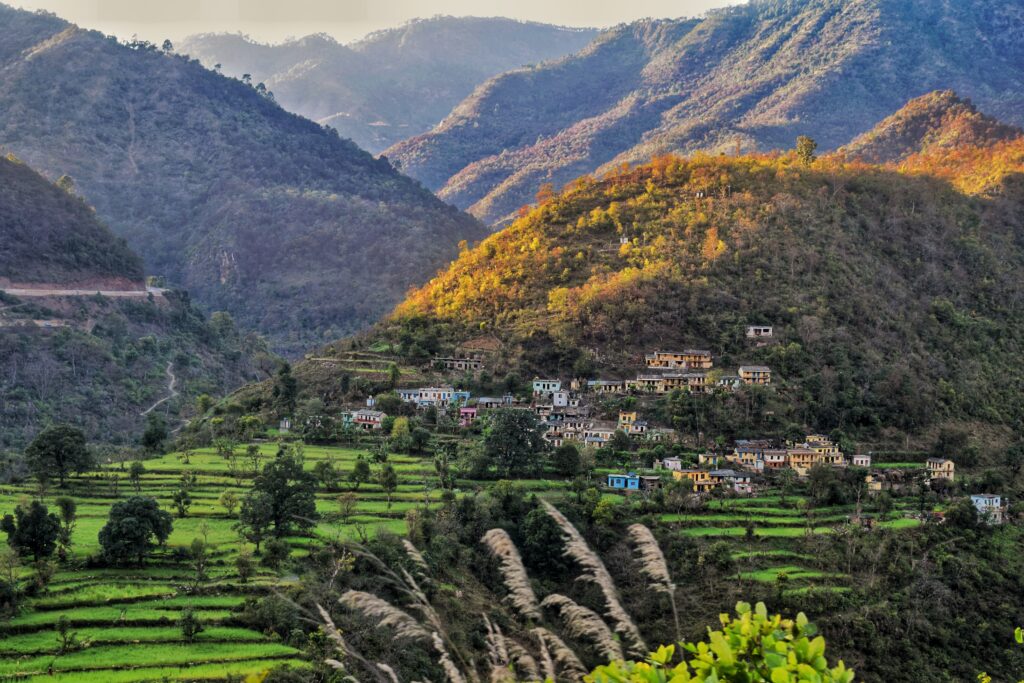
Rishikesh, Uttarakhand, India
There is an unfortunate misconception that all Indian food tastes the same, and that all regions share a common culinary history. On the contrary, the distinct narratives between the north and south can be identified by the nature of their respective dishes, and you can guarantee that every ingredient tells a story.
When we speak about North India, we’re specifically referring to regions such as Punjab, Kashmir, Delhi, Uttar Pradesh and Rajasthan, to name but a few. These are regions that have predominantly given Indian food its reputation for rich flavours; hearty and aromatic sensations to combat the icy conditions coming from the Himalayas.
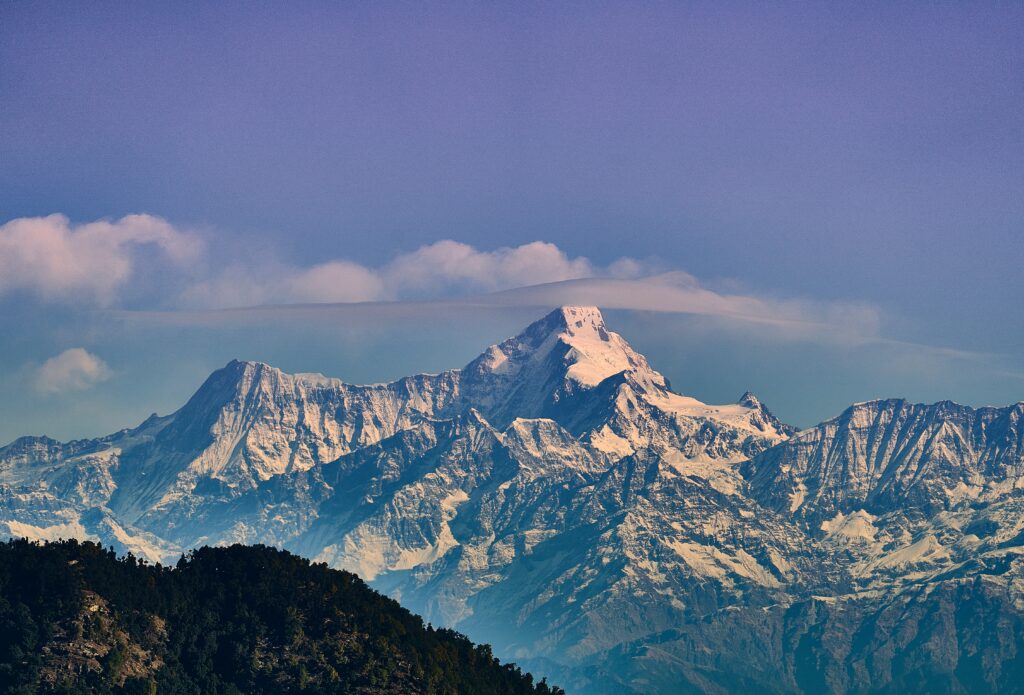
Mukteshwar, Uttarakhand, India
It is perhaps pertinent to trace back the origins of these flavours to the 16th century, when the region was first invaded by the Mughal Empire. Known for their decadent produce, the Mughals brought their Persian style of cooking to North India, along with their precious spices, dried fruit and nuts. It was also the Mughals who had cemented the tandoor oven as what we now know to be a pillar of Indian cooking.
The civilisations that followed also learned to cultivate this rich and fertile land, which is why the region, particularly Punjab, is renowned for its superior dairy produce. In fact, most North Indian dishes are yoghurt-based, while South Indian cuisine is more dependent on coconut milk. Paneer and lassi are also more traditionally North Indian.
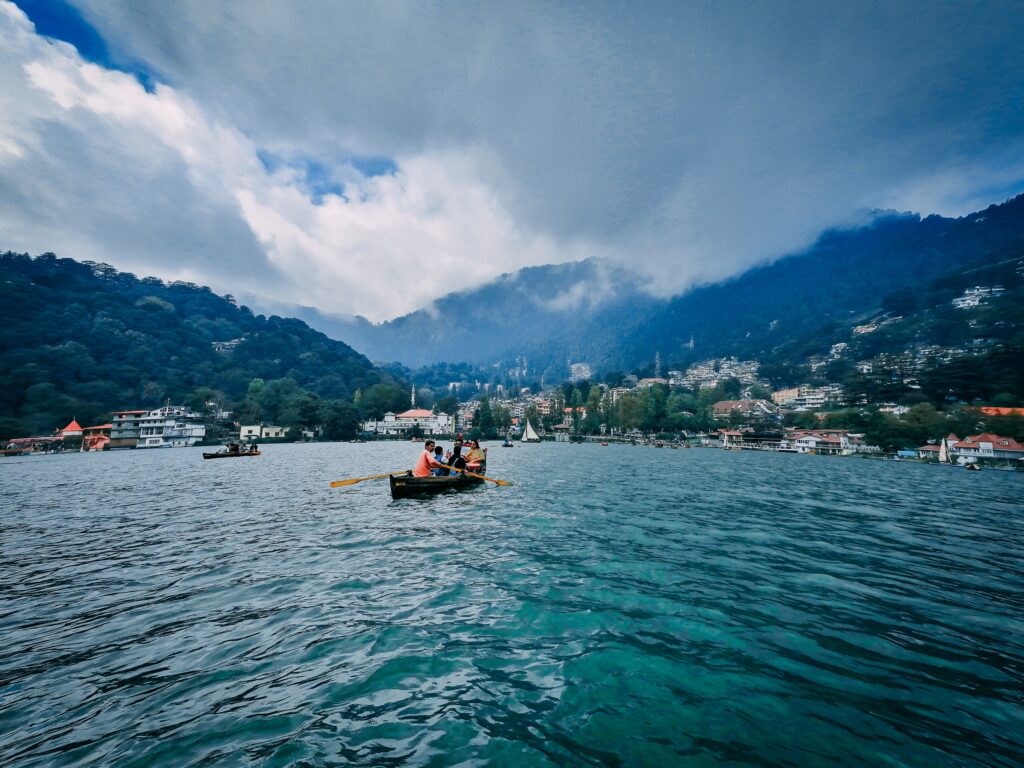
Nainital Lake, Ayarpatta, Uttarakhand
Another testament to North India’s agriculture is its wheat- and legume- based diet. You’ll find dals to be a permanent accompaniment to any North Indian meal, with a variety of lentils produced in the region. Moreover, naan bread, roti and paratha are originally North Indian foods, which allow for a more vegetarian diet. This is very telling of the region, as most communities based here are Hindu.
A few of our dishes which are typically North Indian are the following:
Samosas
Dating back to the 13th century, samosas are one of the most identifiable dishes in North Indian cuisine. Beautifully wrapped parcels of a chickpea batter, with a cumin-flavoured filling of peas and potatoes.
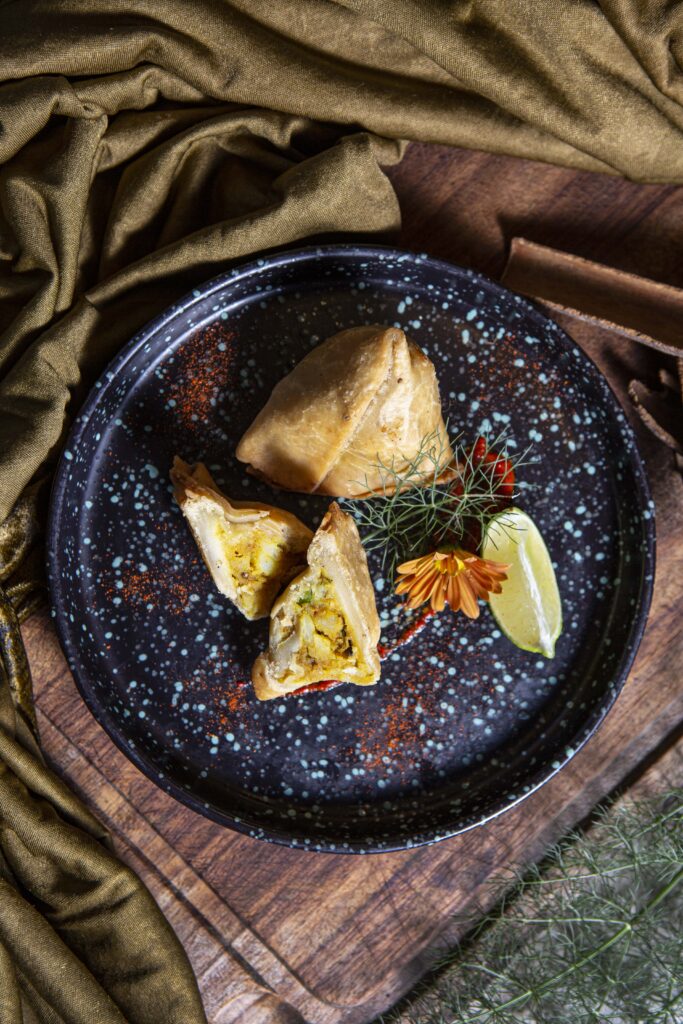
Butter Chicken
Known as one of Punjab’s best exports, butter chicken had first come about in the 1950s, right after Partition. Butter chicken, or Murgh Makhani as it’s known in India, was first served in New Delhi by Kundan Lal Jaggi and Kundan Lal Gujral, who had been experimenting in their kitchen with some new ideas for a curry. This dish is made of tender chicken pieces cooked in a rich tomato and cashew nut sauce, flavoured with rich butter and fenugreek.
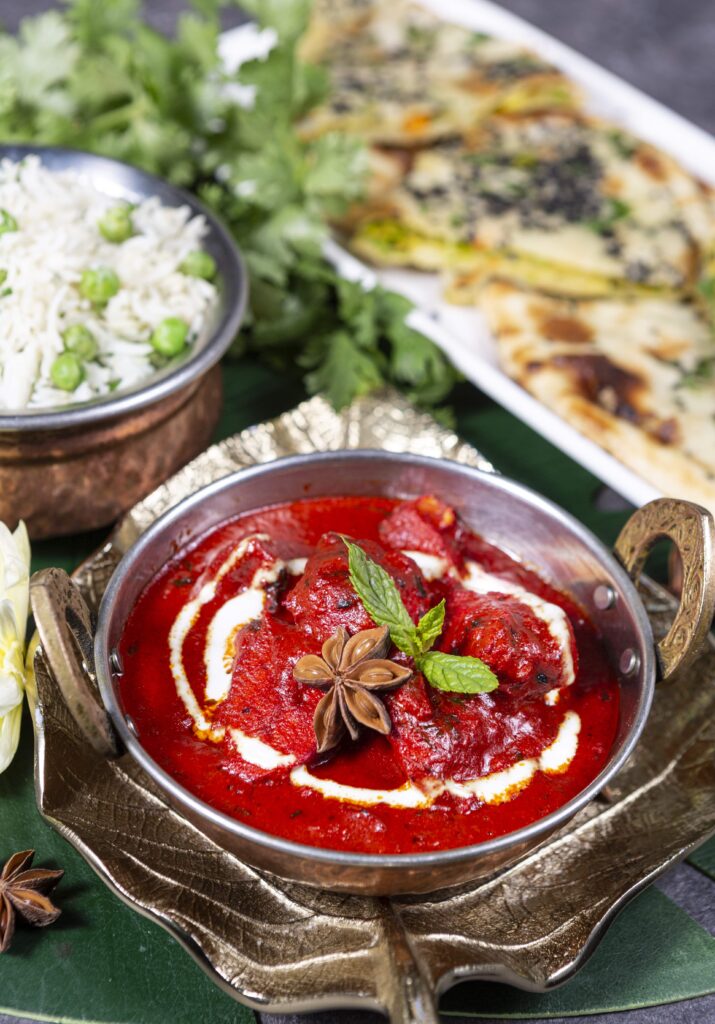
Tandoori chicken
As we’ve mentioned, the tandoori clay oven is a marker for North Indian cuisine. We have several tandoori dishes, but perhaps our most popular is our Tandoori Chicken. This is a succulent chicken leg served on the bone, marinated in yoghurt, ginger and spices.
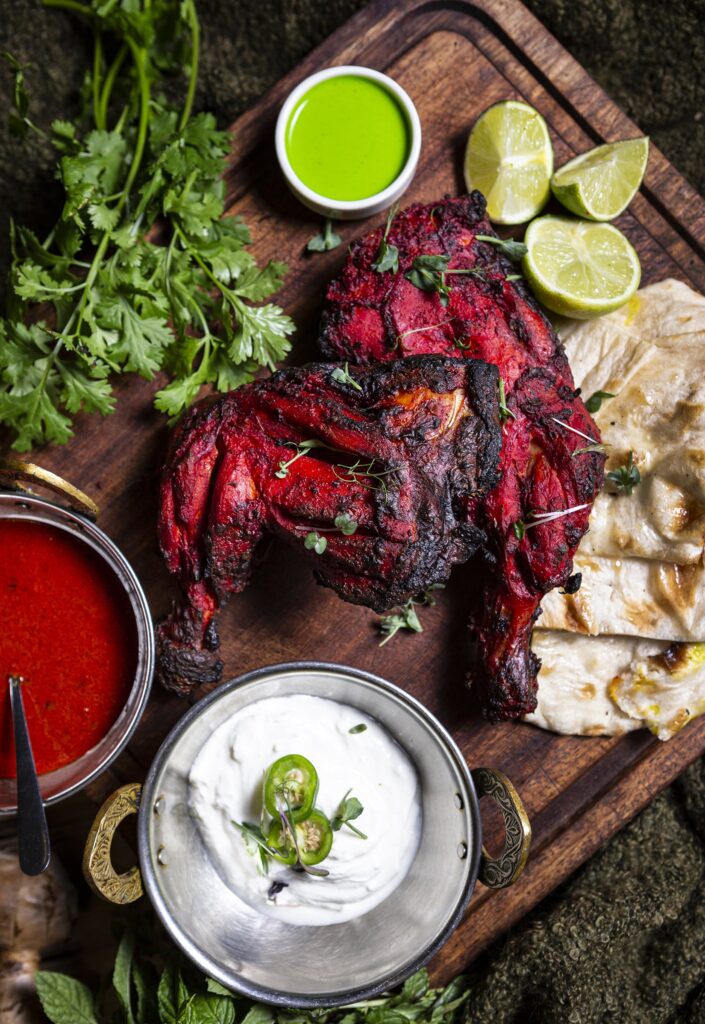 Aloo Gobi
Aloo Gobi
A vegetarian favourite, this is a comforting dish made with potatoes, cauliflower and tomato chunks, fried and cooked in Indian spices.
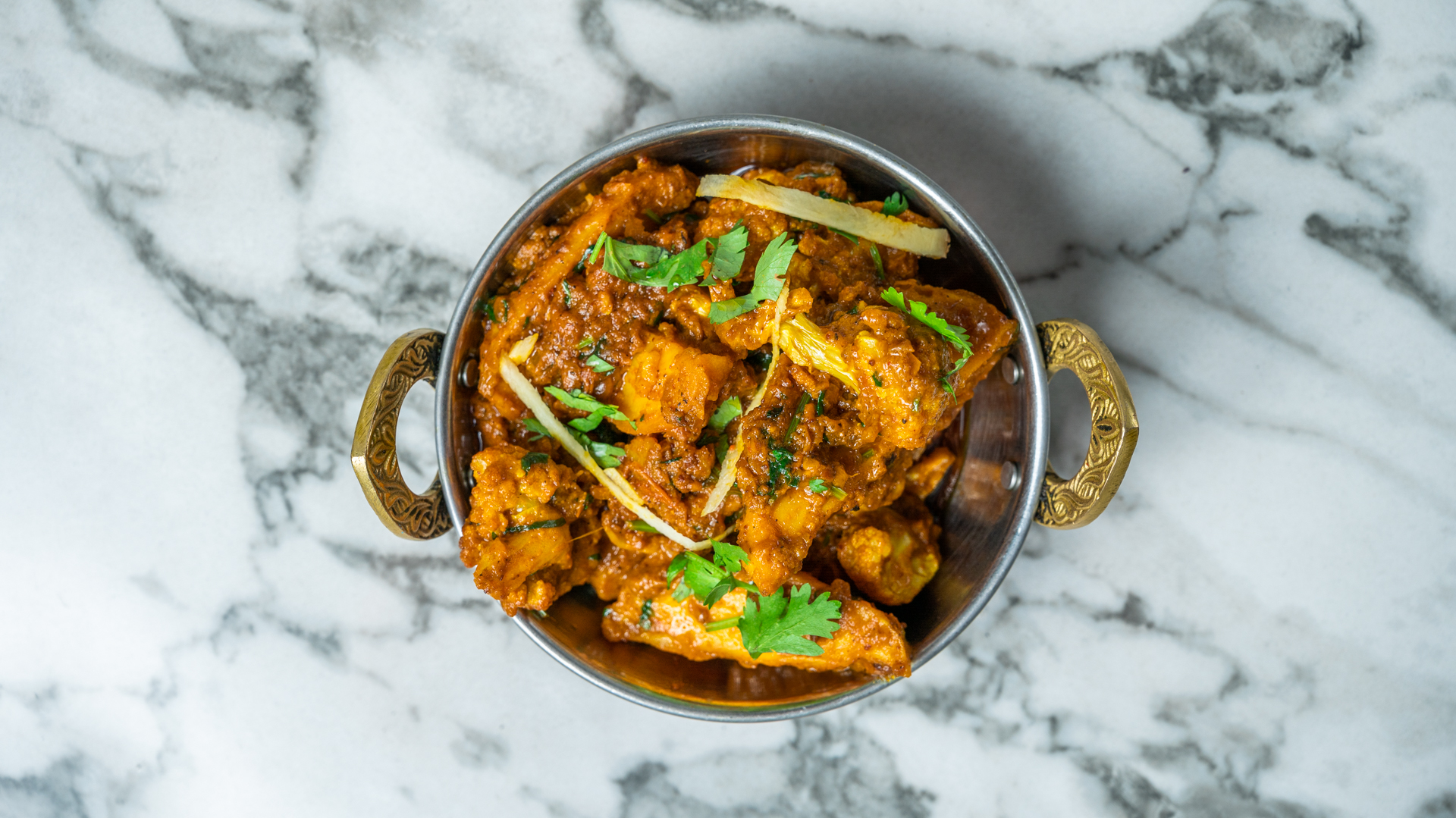
Dal Panchrani
Typical of North Indian cuisine, dals are an instant bowl of good health and comfort. This dish consists of five types of lentils, cooked in butter ghee, ginger and coriander leaves.
